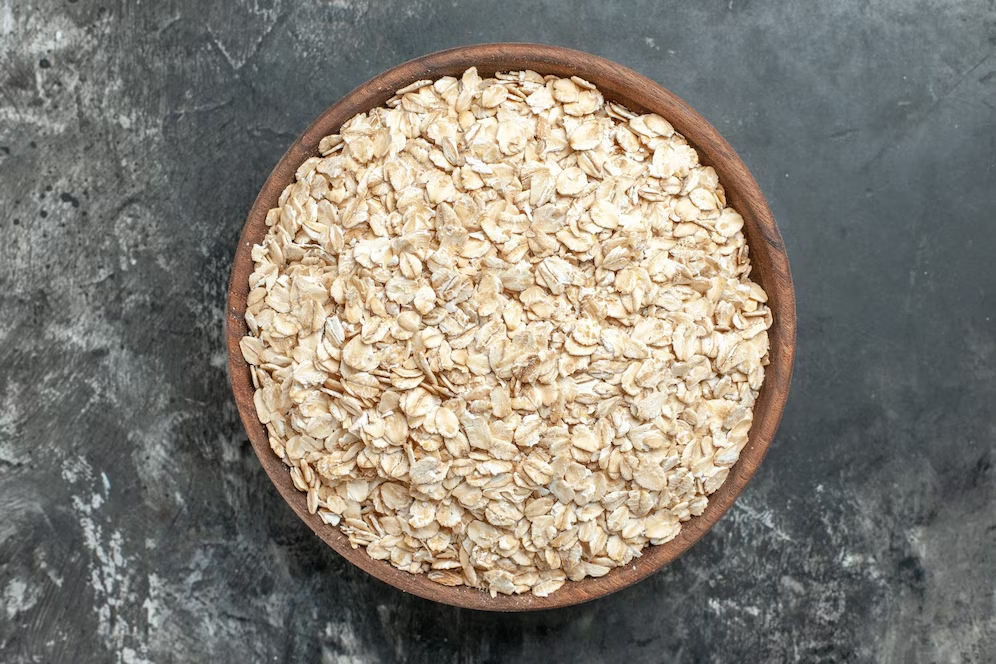Indian Gooseberry Tea For Diabetes: Diabetes is a medical condition for which scientists have not been able to find a solid cure yet, although blood sugar level can be controlled with the help of some special things, one of them is Amla tea. We often use Amla to improve the health of hair, but it also reduces cancer, kidney disease and heart diseases. Dr. Ayushi Yadav, former dietician of GIMS Hospital, Greater Noida, told why Amla tea is beneficial for diabetic patients.

Nutrients found in Amla
Amla (Indian Gooseberry) is a fruit which is called a superfood. Many important nutrients like iron, vitamin C, carbohydrate, phosphorus, fiber, calcium and protein are found in it. Which provide many benefits to health. Amla is called the treasure of Ayurveda and it is used as a medicine.
Why is Amla beneficial in diabetes?
Anti-diabetic properties are found in Amla (Indian Gooseberry), which helps in controlling blood sugar level. The fibers present in it work to slowly release glucose in the blood flow. Since Vitamin C is found in Amla, it is an ideal food for diabetic patients. Apart from this, gooseberry provides a mineral called chromium which is effective in controlling glucose and blood pressure.
Diabetic patients must drink Amla tea.
If you are a diabetic patient then Amla tea is no less than a panacea for you. However, eating Amla raw, eating it mixed with rock salt, grinding it like powder, and making Amla juice will also prove to be a beneficial deal.
Method of making Amla tea

- First of all, pour 2 cups of water in a vessel and boil
- Now mix one spoon of Amla powder and crushed ginger in it
- Now add fresh mint leaves and boil for a few minutes
- Then Filter the tea, serve it in a cup and drink it
- you can drink it twice a day.
Disclaimer: Dear reader, thank you for reading our news. This news has been written only for the purpose of making you aware. We have taken the help of home remedies and general information in writing this. If you read anything related to your health anywhere, definitely consult a doctor before adopting it.
Photo Credits: Google










